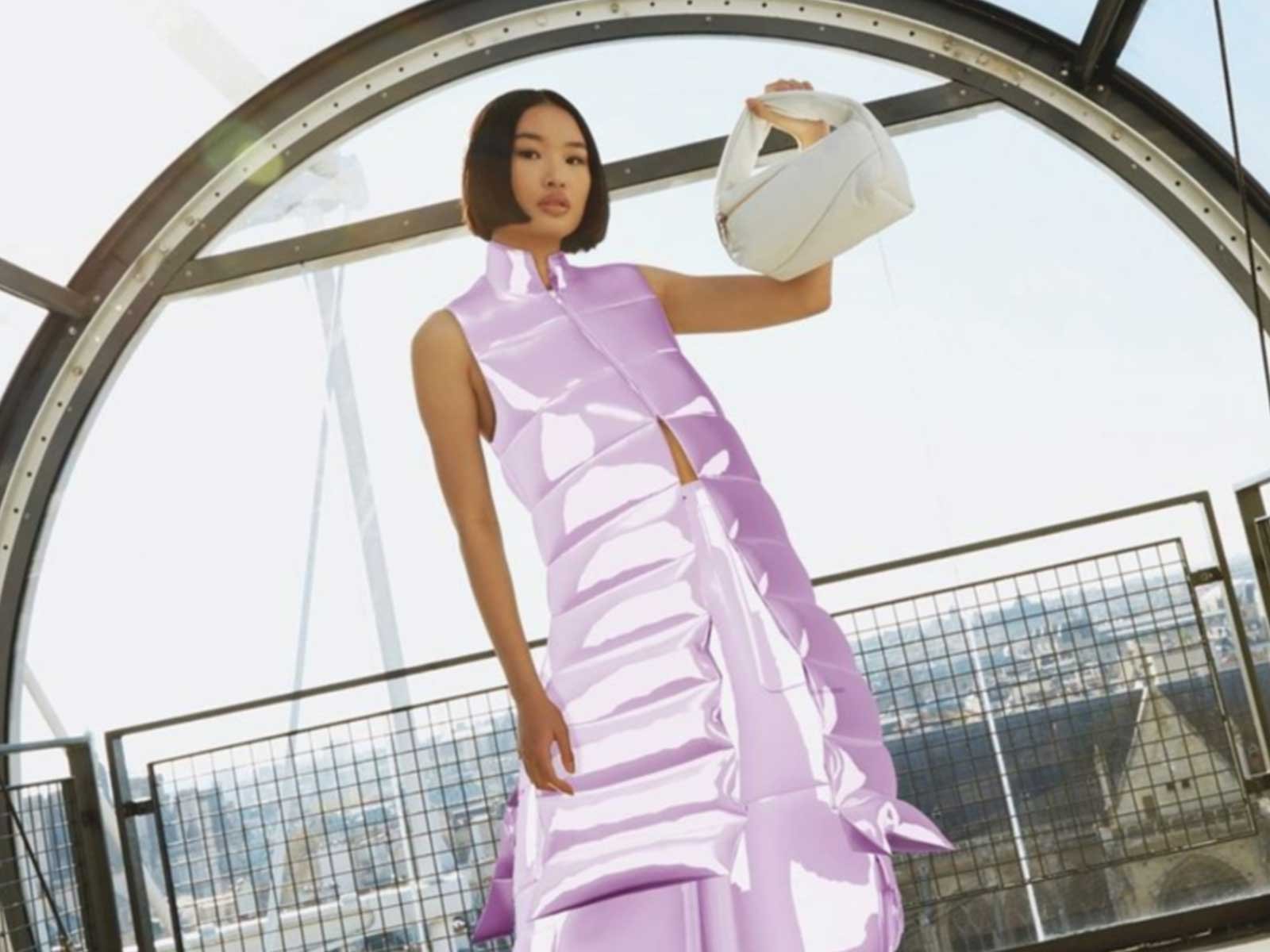The Future of Fashion: The First Metaverse Fashion Week
The metaverse is taking on a new age of technology and is bringing the fashion industry along with it. Being a vast virtual reality platform, users can create avatars, socialize, play games, and even shop using NFTs. NFT, or non-fungible tokens, are the currency of the metaverse. They’re used by avatars, purchased through cryptocurrency, to buy music or products.
However, the term non-fungible in the acronym means that each NFT is not replaceable by another. What this means is that each user’s NFTs are individualized for them, making it impossible to trade between users. Yet, companies have been taking advantage of individualized tokens by making them collectable and sought after.
Source: Vogue
With users’ ability to dress and design their avatar, fashion comes into play. Brands are letting their imaginations run wild to take advantage of the virtual space, while also appealing to users. Many brands such as Prada, Louis Vuitton, Nike, Burberry, and even Balenciaga x Fortnite have entered the metaverse by creating their own games or virtual experiences.
With so many brands getting on the metaverse band wagon, the beginning of virtual fashion shows was no surprise. Within the metaverse, the group created a Fashion District that includes luxury brands and New York-style streets.
metaverse fashion week
Prior to the spring fashion week of 2022, Decentraland announced that over 60 fashion brands and artists would participate in their virtual fashion week within the metaverse Luxury Fashion District. The 60+ brands would include legacy names as well as digital-based companies. Decentraland is a virtual world that users can explore, create communities within, and purchase land. Thus the Fashion District was made to allow flagship stores for name brands.
Source: Decentraland
During this virtual fashion week, that was the span of four days, there were runways, panels, galleries, and after parties to view all 500 of the showcased designs and speak about the fashion metaverse as a whole. Decentraland made the events available for all users, but users could also purchase the fashion brands NFTs.
The response to the four-day events was mixed. With roughly 108,000 users attending the events, many suffered technology issues with music and audio not running smoothly. Others were disappointed by the graphics and the poor quality they experienced. Experts of the virtual world said it was too early to release this technology, which is evident through the many hiccups that need fixing.
However, users were still excited about what they saw. With the playful atmosphere, the fashion week was unique and lively. On the Dolce & Gabbana runway, the models were cats showing off their creativity in the virtual space. Fashion brands are slowly coming out of their shells and are daring to be different.
Source: HIGHXTAR
The buzz around the metaverse may drive brands to participate and adventure into their own creations. While technology buffers need to be modified to accommodate the many users, it is clear that metaverse fashion shows will take on a whole new meaning for the fashion industry.
Designer’s ideas are endless when it comes to virtual stores and unique experiences used to grab users’ attention. Companies’ imaginations will take it to new levels and, with the hope of technology keeping up, who knows where the metaverse will take us and the fashion industry.
What do you think of virtual fashion shows in the metaverse? Leave a comment below



